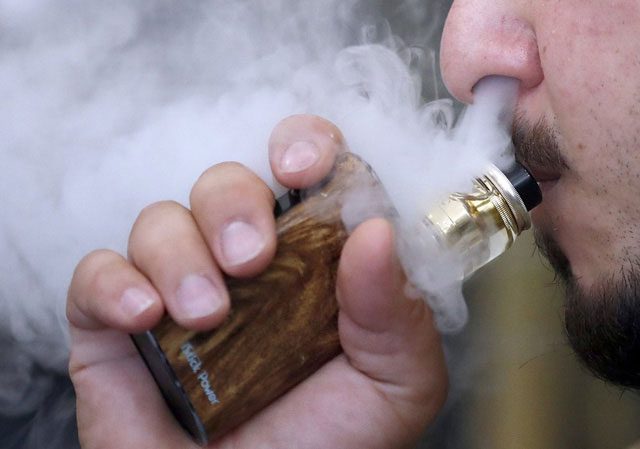The most common source of plastic pollution in our environment is not plastic bottles, nylon bags, or food packaging, but rather cigarette waste.
Globally, smokers dispose of nearly 800,000 tons of tobacco waste, enough cigarette filters to cover Central Park in New York. Cigarette filters are found in every country around the world, from city streets to mountains of trash, rivers, and beaches.
Cigarette filters contain single-use plastics, which are the raw materials used to produce these filters. It takes a decade for cigarette filters to decompose, releasing over 7,000 toxic chemicals into the environment. Wildlife is also at risk, with researchers finding partially digested tobacco waste in the stomachs of 70% of sampled seabirds and 30% of sea turtles.
If tobacco were treated like single-use plastics, theoretically, it could be banned.
In South Asia, chewing and smokeless tobacco products like gutka and khaini are sold in plastic bags, millions of which are discarded into the environment.
Electronic tobacco and nicotine products are creating a new wave of pollution, from the disposal of batteries (used for e-cigarettes) to metal and plastic waste leaching into the soil and water sources. A 2021 report by the U.S. Environmental Protection Agency highlighted how lithium-ion batteries infiltrate the municipal waste system when consumers improperly dispose of e-cigarettes and nicotine products in household trash, as they are labeled “single-use.”

Various forms of tobacco, e-cigarettes, chewing tobacco, and smokeless tobacco… all cause environmental pollution. (Photo: AP)
Despite commitments from tobacco companies that they will eventually stop selling tobacco, there are still 6,000 tons of products produced each year. From production, sales, and usage, waste from electronic tobacco and nicotine products is increasing globally, as giant tobacco companies look to replace lost revenue from smokers who quit or die.
The industry employs a range of corporate social responsibility initiatives to “greenwash” itself. Clean-up campaigns, anti-littering efforts, and other activities distract the public. Collaborating with environmental institutes and ministries on reforestation and conservation projects obscures the planting of tobacco, leading to deforestation and desertification in countries like Brazil and Tanzania.
The leading tobacco industry has sought to improve access to water. A similar initiative in Burkina Faso aimed to provide drinking water, although the country’s laws prohibit tobacco-funded initiatives. The last time the government assessed tobacco use in the population was in 2013, when nearly a quarter of men smoked.
In the U.S., about one in five adults smoke, while less than one in five teenagers use e-cigarettes. The tobacco industry has funded conservation organizations including Keep America Beautiful, the National Fish and Wildlife Foundation, and the Source Protection Center.
In the Philippines, where over 40% of men smoke, the tobacco industry has partnered with government agencies on environmental projects, including river clean-ups and anti-littering campaigns.
The reality is that tobacco waste continues to accumulate because these addictive products are not environmentally friendly but are produced to attract new customers and keep current smokers consuming them.



















































